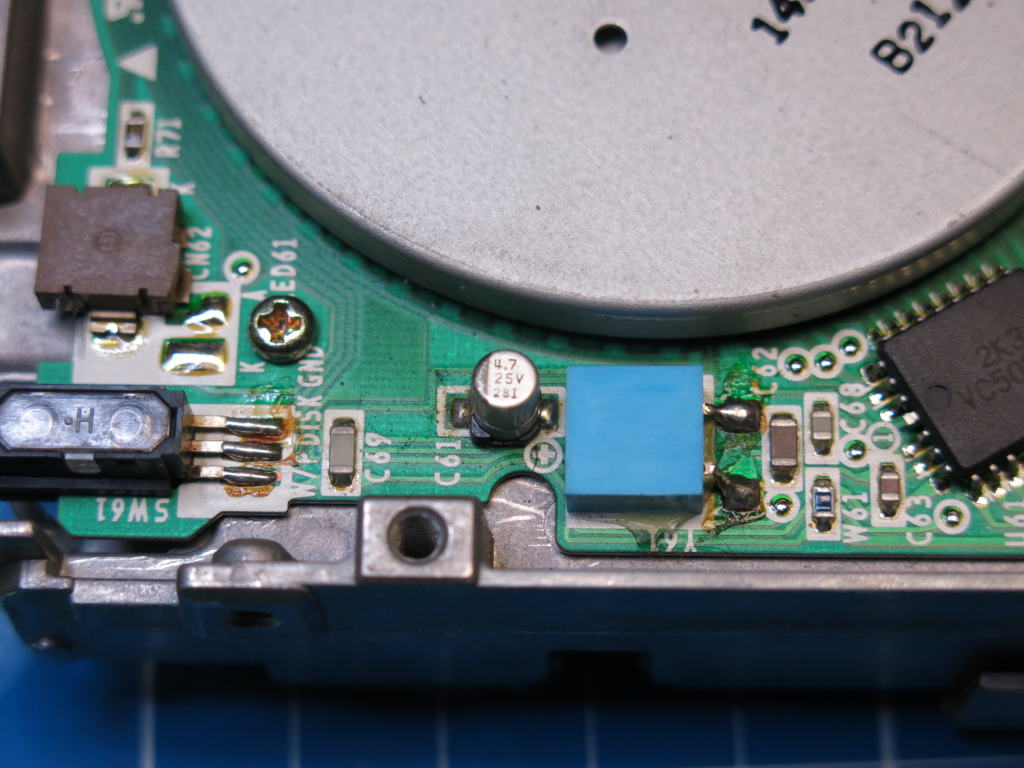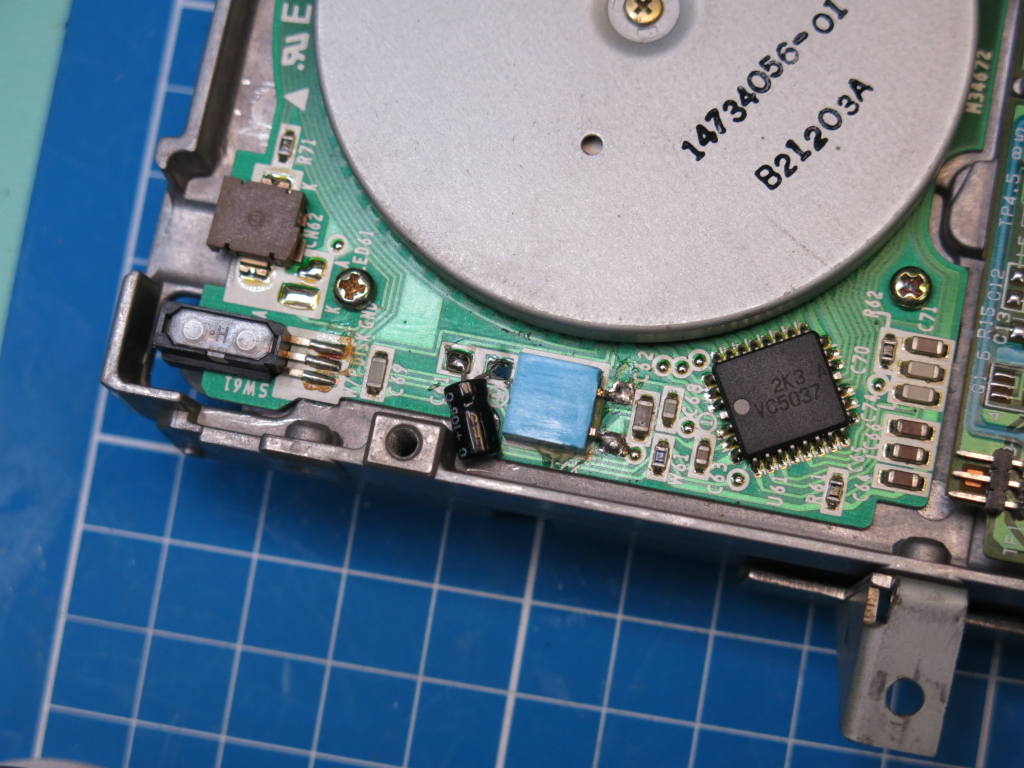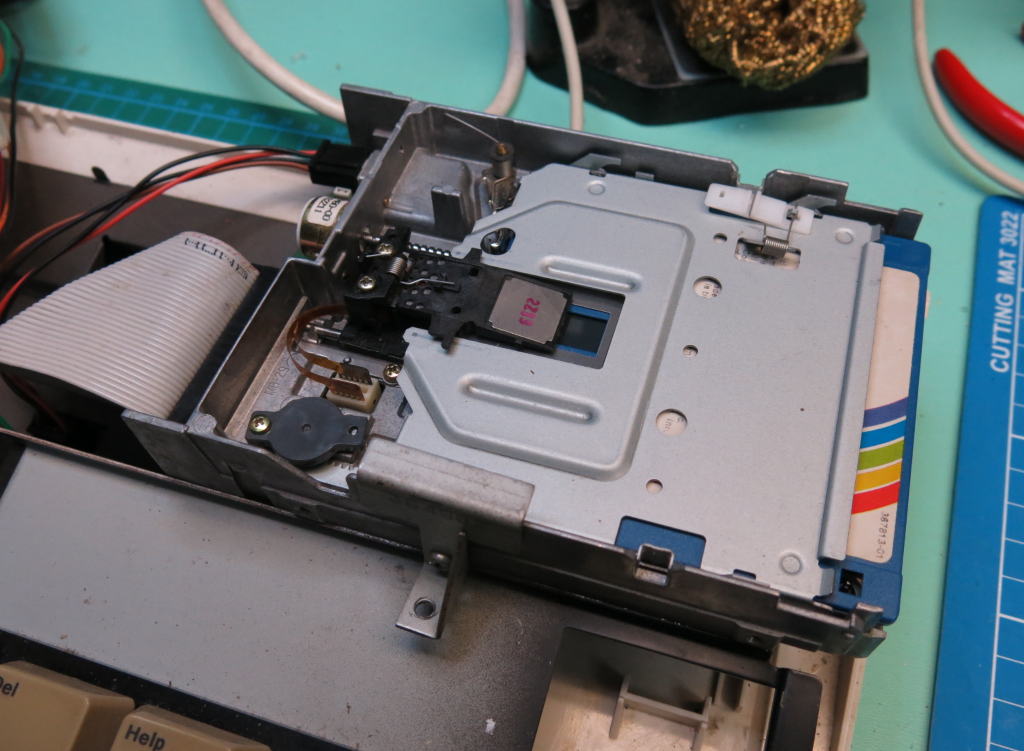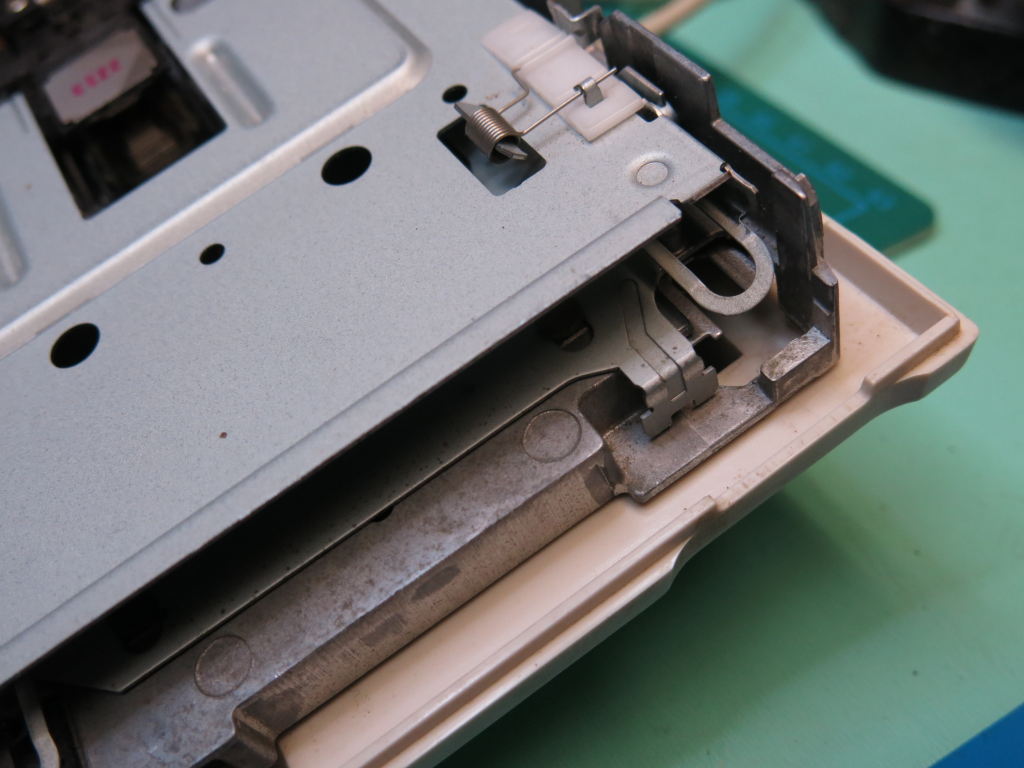Table of Contents
TEAC FD-235F 4161-U Amiga Floppy Drive Repair
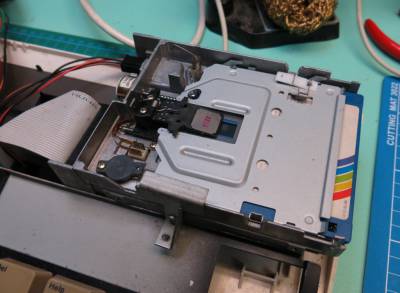 A lighter job this time around. Since fixing the Amiga 1081 monitor, I got the bug to get out my old Amiga 1200 and see if it still runs.
A lighter job this time around. Since fixing the Amiga 1081 monitor, I got the bug to get out my old Amiga 1200 and see if it still runs.
My original TEAC FD-235F 4161-U floppy drive died maybe a year before I stopped using the Amiga. I had to replace it with another drive that was too tall, meaning the case could never be properly closed.
I was never able to fix the original drive. 25 years on, I still have this non-working drive and decided to take a crack at a repair.
The first stop was to get an idea of what repairs others have attempted on similar TEAC drives. This video from GadgetUK164 was very good at demonstrating how bad things could possibly get, and that even the worst drives could come back to life: https://www.youtube.com/watch?v=BGJp4_Unhqs
Credits also have to go to xAD of nIGHTFALL who posted a repair of a similar model and outlining the common symptoms: https://www.nightfallcrew.com/31/08/2017/teac-fd-235f-recap-amiga-floppy-drive/
Symptoms
For my drive, the symptoms were:
- Normal Amiga head clicking.
- Inserting a disk would have the head seek to zero, then click two or three times instead of seeking forward, and fail.
- Without a disk and pressing the disk sense switch, the disk motor would spin way too fast.
Repair
First port of call was to clean the heads with isopropyl alcohol and do a complete internal clean out of all dust. The worm gear had a lot of old black grease which was cleaned, and dust removed from the guide bar.
This produced no immediate change but is required for giving a drive longevity.
Next was to take a look at the capacitors under the drive. Some models have several electrolytic capacitors. This model only has one which is C61, and is known as a common failure point.
This cap is 4.7uF 25V, surface mounted. Doing a quick value check with the multimeter shows it to be not even close to that value. As it was on board, I paid little attention as it would have to come off for a proper test anyway.
With Y61 way to close to get my soldering iron in for C61, I had to remove that component first.
Then I could remove C61. Tested it and it read 150nF. Way off, a definite bad part.
Would swapping it make a difference?
I hunted around for spare and found a nice small cap that was 4.7uF 50V. Perfect.
Soldered to the pads, and placed the Y61 back into position.
Connected the drive, and switched on the Amiga 1200. The familiar clicking could be heard.
Inserted a disk. The drive seeked to zero and jumped into life reading the Workbench disk flawlessly. Tried an old AMOS 1.3 disk and it too was perfect.
The eject button is long since lost I think. I'll have to see if my friend can 3D print one for me.
Welcome back, my old friend, great to see you again!
